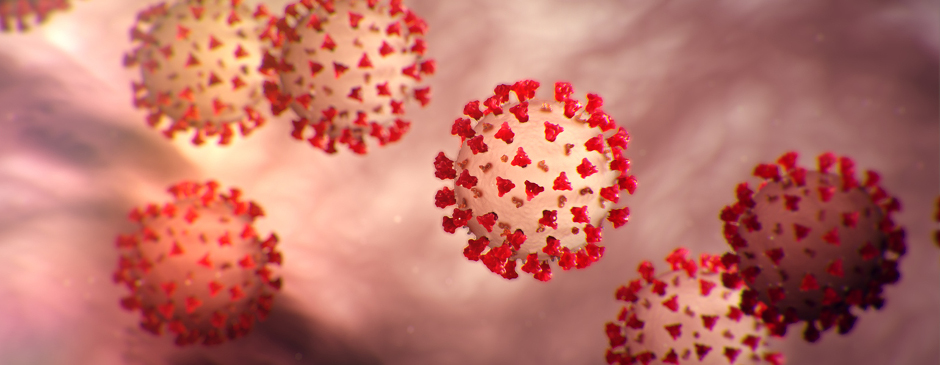Ostara is a Pagan solar holiday honouring the spring's warmth, light from the sun, and the awakening of the earth. It symbolises fertility, rebirth, and renewal. This time of year marked the beginning of the agricultural cycle, and farmers would start planting seeds.The word Ostara comes from the Anglo-Saxon goddess name, Eostre.

Eostre represented spring and new beginnings and linguistically, Eostre is the etymological origin for “Easter”. As Christianity spread through Northern Europe and with people still maintaining these older traditions, the Church, in an attempt to replace these pagan traditions and festivals with their own, started to encompass them within the Christian calendar.
Many of the symbols of Easter have roots in these traditions, and the use of rabbits and hares is one such example. In medieval times in Europe, the March hare was seen as a fertility symbol, and a sign of spring. This species of rabbit is nocturnal most of the year, but in March, it is mating season for the animal. During mating season, March hares are seen all day long. Additionally, females of this species can get pregnant with a second litter while pregnant with their first litter. This explains why they were used as symbols for fertility.
And of course, there is the pagan custom surrounding eggs. Full of promise and new life, the egg represents the fertility of the Earth and all creation. The Yolk symbolises the sun god, and the white the goddess Eostre, in perfect balance with the potential of growth. Images of hares and even painted eggs would be displayed to honour the Goddess of fertility.
So if you are wondering why the bunny rabbit and painted eggs are still part of the celebration of Easter today now you know why. It's got sbsolutely nothing to do with Christianity and everything to do with the Pagan traditions that are still very much alive today.



